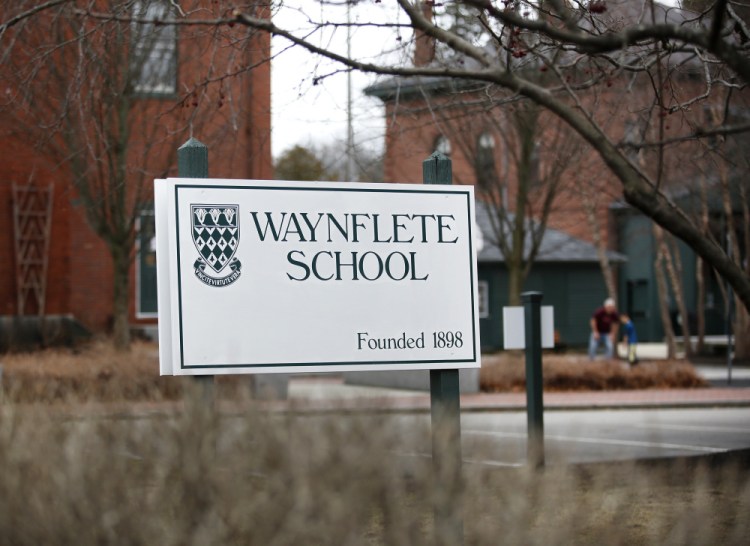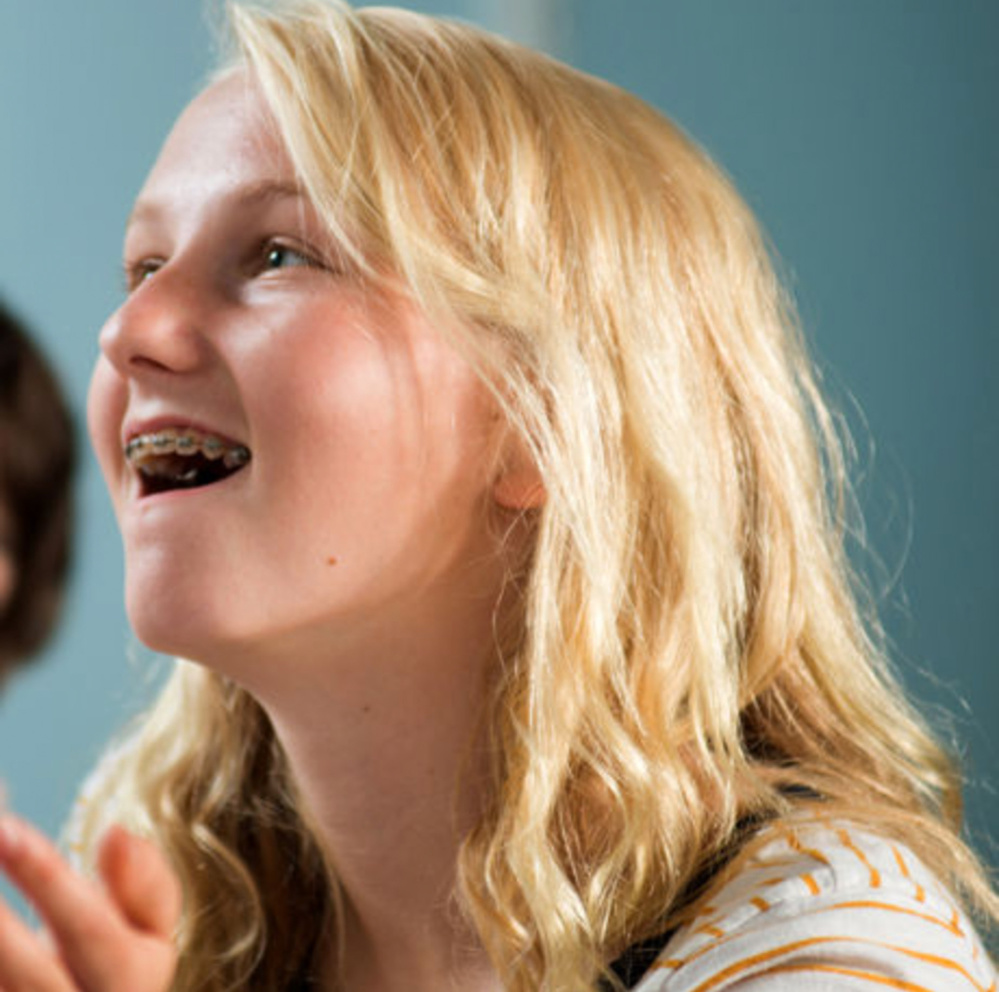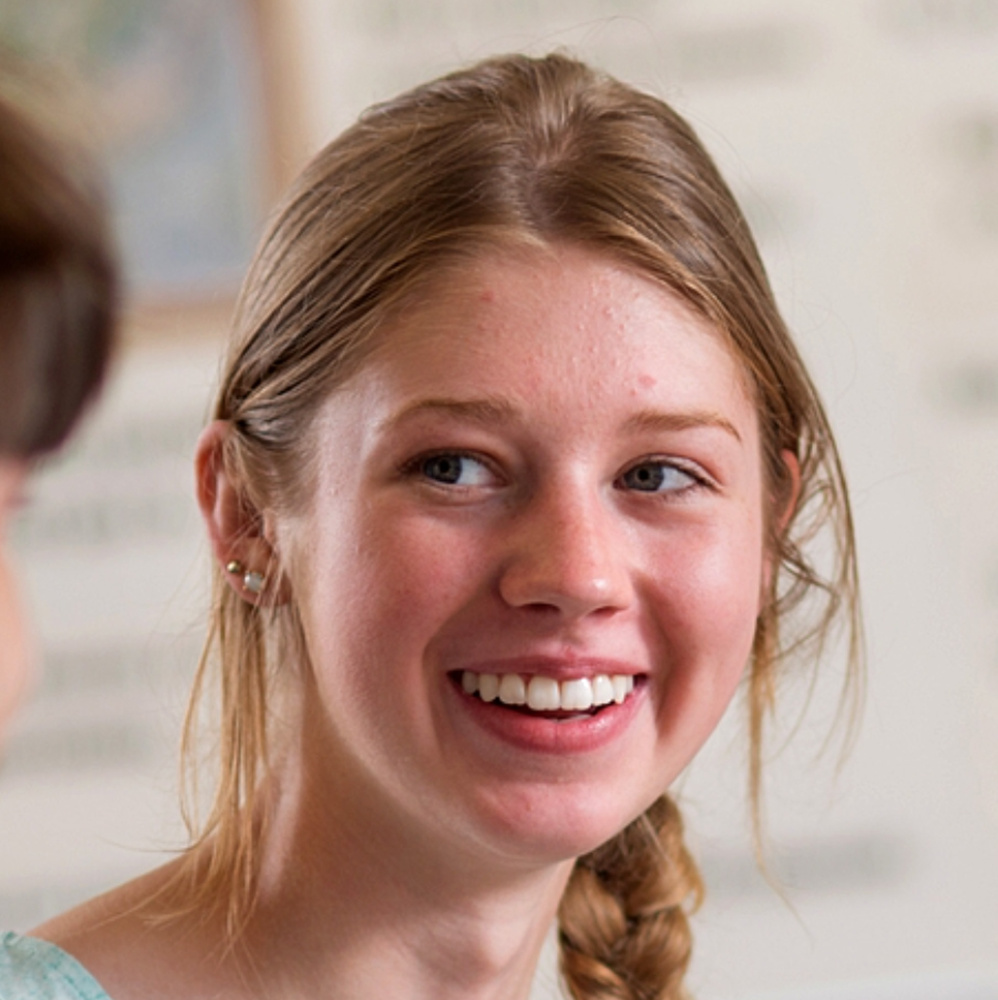The very public way that a Portland private school has responded to two recent student suicides reflects changing attitudes toward an often stigmatized subject and the impact of social media on the way people communicate.
Waynflete School officials posted public messages on the school’s website Monday evening, informing the wider community that Beata Vest of Cumberland, a member of the junior class, had taken her own life on Sunday. For the second time in five months – and likely in the school’s 118-year history – a student had died by suicide.
On Sunday night, Head of School Geoff Wagg had sent an email telling 550 students and their parents about Vest’s death. But long before Wagg hit the send button, he had received several calls and seen messages about the 17-year-old’s death on social media.
“We wanted to reduce speculation because everybody knew,” Wagg said Wednesday. “It would be in some way irresponsible for the school to avoid it. There’s a balance to strike between destigmatizing suicide and making sure we’re protecting the privacy of the people involved.”
The teens’ suicides, as well as one by a Falmouth High School student last month, come at a time when the number of suicides among 15- to 24-year-olds in Maine has increased, from 17 in 2008 to 30 in 2014, according to data from the U.S. Centers for Disease Control and Prevention. Maine has the 10th highest suicide frequency rate among that age group.
Wagg said he called Vest’s parents Sunday night and got their permission to share information publicly about her death and about support that’s available to help the school community cope with the loss. The school posted similar information after Payton Sullivan, a 16-year-old sophomore, took her own life on Oct. 31.
“There hasn’t been a suicide (among students who attend) this school ever in our collective memory, so the fact that we’ve had two this year is really sad,” Wagg said. “We want to prevent this from happening again, anywhere. We need to do everything we can to help struggling teens have hope.”
According to Sullivan’s obituary and the school’s website messages, both students were being treated by mental health professionals.
Before responding to the students’ deaths, Wagg and his staff consulted with the Maine Center for Disease Control & Prevention, the National Alliance for Mental Illness in Maine and the Cumberland County Crisis Response team at The Opportunity Alliance. The school brought in additional counselors each time, in addition to hiring a second social worker following Sullivan’s death, to make sure its students in pre-kindergarten through high school were well supported.
“We have done everything that has been suggested to us and we will continue to do so,” Wagg said. “Something like this changes a community in ways that cannot be predicted. We’re a deeply connected community. We know that we will all get through this.”
There were 220 suicides overall in Maine in 2014, according to the CDC, giving the state a suicide rate of 16.5 per 100,000 people, 18th highest in the nation. The U.S. average is 13.4 suicides per 100,000 people.
Boys are more likely than girls to die from suicide, according to the federal data. Of all reported suicides in the 15-to-24 age group, 81 percent of the deaths were males and 19 percent were females.
Waynflete’s response to the students’ deaths has won praise from suicide prevention experts like Steve Addario, director of crisis intervention services at The Opportunity Alliance.
“Waynflete’s response has been tremendously sensitive, caring and open,” Addario said. “(Suicide) does happen, unfortunately, but it’s not a common pattern of behavior and there are ways to get help.”
Addario noted that awareness of the need to minimize the risk of suicide among students has grown to the point that Maine passed a law in 2013 that requires all public school personnel to complete suicide prevention awareness training every five years and all school districts to have at least two staff members who are specially trained and dedicated to suicide prevention and intervention.
How open a school can be about a student’s suicide is often driven by the parents, said Greg Marley, a licensed clinical social worker who is clinical director of the National Alliance for Mental Illness in Maine. Many people wrestle with embarrassment, shame and secrecy when dealing with suicide and other personal losses or limitations related to mental illness.
“But not talking about it doesn’t make it go away,” Marley said. “And with social media, people know about it right away.”
The Waynflete Parents Association has played a significant role in the school’s response, Wagg said, cooking meals for Vest’s family and for faculty as a outward sign of concern and support.
And school officials throughout Greater Portland have contacted Wagg this week, offering moral support and counseling staff if necessary. There was a similar response when Sullivan died last fall, Wagg said, and more recently when the Falmouth High School student died of an apparent self-inflicted gunshot wound outside his family’s home on Feb. 17.
“We need to (support each other) as an educational community,” Wagg said. “We all have an investment in our kids.”
A memorial service for Beata Vest will be held at 10 a.m. Saturday at the First Parish Unitarian Universalist Church, 425 Congress St., Portland, the Waynflete website said.
This story was updated at 9:46 a.m. on March 17, 2016 to correct a quote by Waynflete Head of School Geoff Wagg.
Send questions/comments to the editors.






Success. Please wait for the page to reload. If the page does not reload within 5 seconds, please refresh the page.
Enter your email and password to access comments.
Hi, to comment on stories you must . This profile is in addition to your subscription and website login.
Already have a commenting profile? .
Invalid username/password.
Please check your email to confirm and complete your registration.
Only subscribers are eligible to post comments. Please subscribe or login first for digital access. Here’s why.
Use the form below to reset your password. When you've submitted your account email, we will send an email with a reset code.